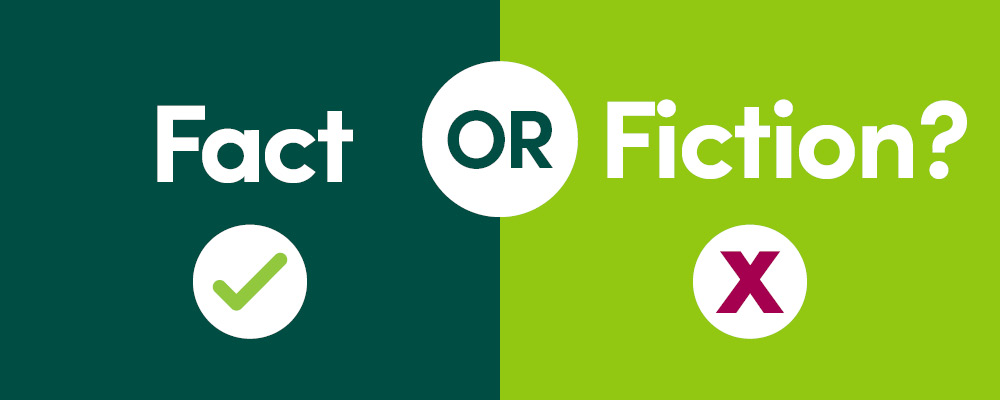Did you know every 40 seconds someone in the United States has a stroke?
A stroke, sometimes referred to as a brain attack, happens when part of the brain is blocked from blood supply (ischemic stroke) or when a blood vessel in the brain bursts (hemorrhagic stroke.)
Despite the high prevalence of strokes, they are frequently misunderstood. So, let’s break down five common misconceptions about strokes to help shed some light on one of the leading causes of death for Americans.
Strokes only happen to older people
While strokes are more common in older adults and age is a significant risk factor, strokes can occur at any age. In fact, in 2014, 38% of people hospitalized for stroke were less than 65 years old, according to the Centers for Disease Control.
Strokes are not preventable
Although age is a risk factor for strokes (and you can’t prevent aging), you can help prevent a stroke by limiting other risk factors. The leading causes of stroke include high blood pressure, high cholesterol, smoking, obesity and diabetes. By making healthy lifestyle choices and working closely with your doctor if you’ve already experienced a stroke, you can help prevent future strokes.
Embracing a healthy lifestyle as a young adult is the best preventative measure you can take. This might include:
- No smoking/vaping
- Exercising three times a week for at least 30 minutes
- Watching your weight
- Limiting alcohol consumption
- Not using illicit drugs
- Reducing stress and getting good sleep
- Eating a healthy, varied diet
Strokes only occur suddenly
Many strokes, including ischemic strokes, hemorrhagic strokes and transient ischemic attacks (TIAs), can occur without warning with sudden changes from your normal condition. Though some strokes may develop gradually over time or present with subtle symptoms that worsen over hours or days. This, however, is fairly rare.
There are even cases where strokes may not produce any noticeable symptoms or may produce symptoms that are so mild they go unnoticed. These are often called "silent strokes" and are typically detected through imaging studies like MRI scans. Although they may not cause immediate symptoms, silent strokes can still damage brain tissue and increase the risk of future strokes or cognitive decline.
It's important to recognize that strokes can manifest in different ways. Prompt recognition of stroke symptoms like dizziness, blurred vision and numbness, regardless of whether they appear suddenly or gradually, is crucial for seeking immediate medical attention and receiving appropriate treatment. Early intervention can help minimize damage to the brain and improve outcomes for individuals who have experienced a stroke.
Strokes cannot be treated
Strokes can be treated, but the effectiveness of treatment depends on various factors including the type of stroke, how quickly treatment is administered and the individual's overall health.
Stroke rehabilitation is often used after initial treatment to help stroke survivors during the recovery process. This may involve physical therapy, occupational therapy, speech therapy and other forms of therapy to help individuals regain lost abilities and improve their quality of life after a stroke.
It's crucial for anyone experiencing stroke symptoms or witnessing someone else experiencing them to seek medical attention immediately, it is recommended to call your local EMS (911) in these situations. Time is of the essence in stroke treatment and prompt intervention can significantly improve outcomes.
Transient Ischemic Attacks (TIA) are not serious
Transient ischemic attacks (TIAs), often referred to as "mini strokes," are brief episodes of neurological dysfunction. While TIAs typically resolve within a few minutes to hours and do not cause permanent damage, they are considered serious warning signs of an increased risk of a full-blown stroke in the future and should not be ignored. It is always safer to seek treatment at the start of symptoms as they may return and worsen quickly if treatment is ignored.
Take a Health Risk Assessment
Addressing these common misconceptions about strokes is crucial for being better equipped to recognize, prevent and respond to strokes.
Take the MercyOne stroke health risk assessment to find out if you are at risk. Once you know your personal risk factors, you can make lifestyle changes or talk to your primary care provider about how to reduce your risk of stroke.

